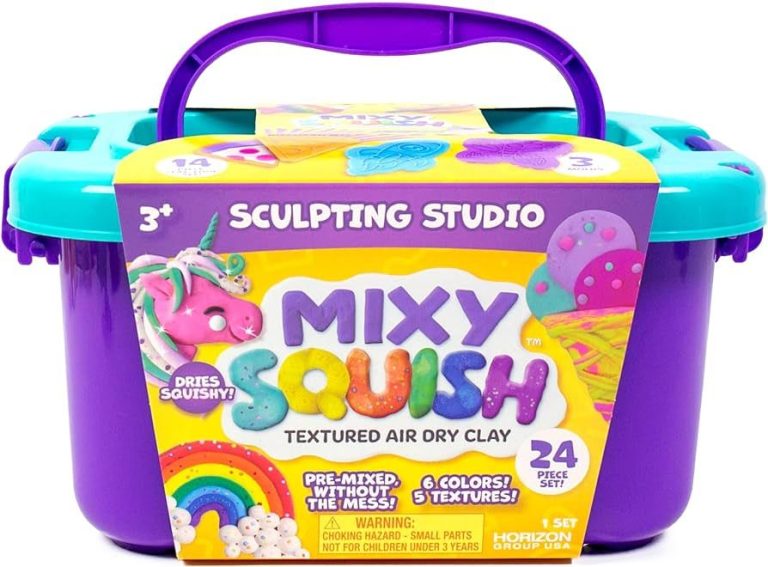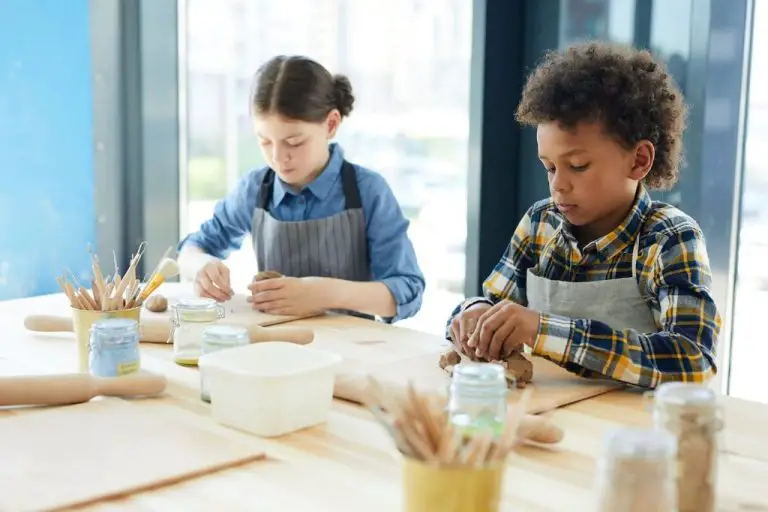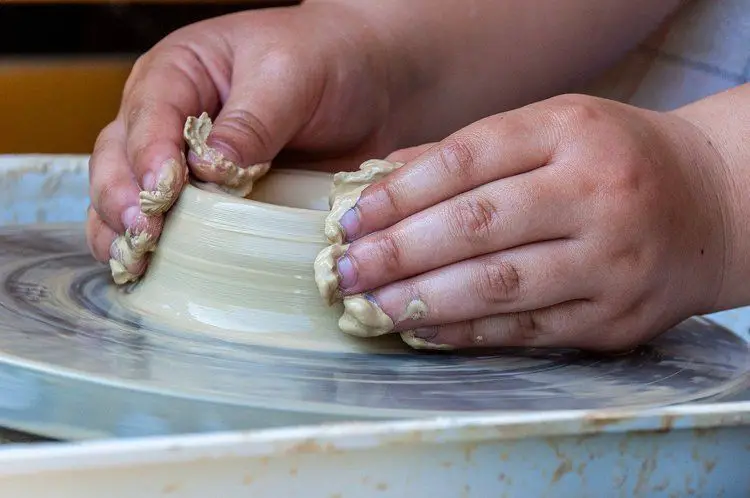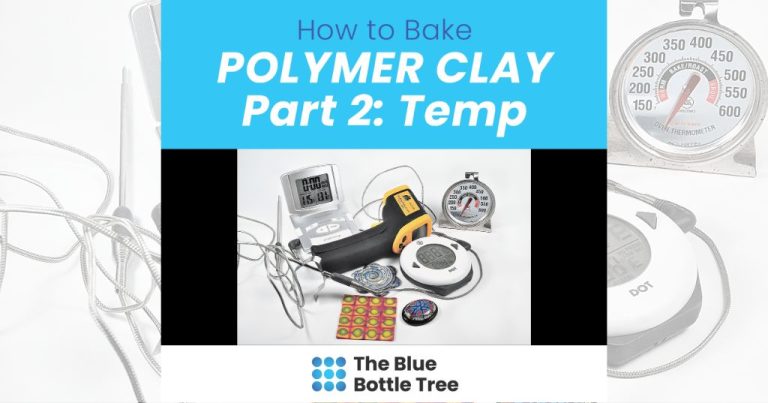Can You Dye Pottery In Minecraft?
Minecraft is a popular sandbox video game where players can build and create using cubes in a 3D generated world. One aspect of Minecraft is pottery, where players can find, craft, and decorate clay pots and other ceramic items. Pottery in Minecraft can be dyed a variety of colors, allowing for creative expression and aesthetically pleasing builds.
This article will provide a comprehensive guide on dyeing pottery in Minecraft. We’ll cover how to obtain dyed clay, the different methods for dyeing terracotta, glazed terracotta, concrete powder, and bricks, along with the uses and limitations of dyed pottery in Minecraft.
What is Pottery in Minecraft?
In Minecraft, pottery refers to a variety of decorative blocks made from clay materials. The main pottery blocks are clay, bricks, terracotta, and glazed terracotta. These can all be dyed different colors.
Clay is found naturally near water sources and can be mined with any tool. Bricks are crafted by smelting clay blocks in a furnace. Terracotta is made by smelting clay blocks and terracotta can be crafted into glazed terracotta by surrounding the terracotta with dyes. Both regular and glazed terracotta come in 16 different colors.
Pottery blocks are primarily decorative and are used to build colorful buildings, roads, sculptures, and more. Bricks and terracotta also have some functional uses – bricks can be used in blast furnaces while terracotta can be crafted into flower pots.
Overall, pottery in Minecraft refers to the clay-based blocks that can be dyed and designed for decorative and functional purposes. With the range of options from plain clay to vivid glazed terracotta, pottery provides creative players with colorful building materials.
Obtaining Dyed Clay in Minecraft
Dyed clay, also known as stained clay or hardened clay, is made by combining a clay block with a dye in a crafting table. To get dyed clay blocks, you first need to gather regular clay blocks and dyes.
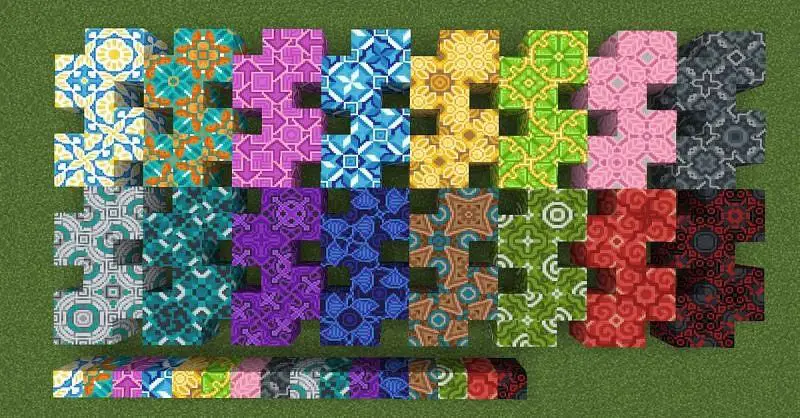
Clay blocks can be obtained by mining clay blocks found near water sources like rivers, lakes, and oceans. Clay generates in vein formations between layers 4 and 63 in these aquatic biomes.
To get dyes, you can craft them from various flowers, plants, and minerals found throughout the Minecraft world. Some common dyes include:
- Red dye from roses, poppies, beetroots, or red sand
- Yellow dye from dandelions or sunflowers
- Blue dye from lapis lazuli or cornflowers
- Green dye from cacti
- White dye from bone meal or lily of the valley
Once you have clay blocks and your desired dyes, simply place 1 clay block and 1 dye in any arrangement in a crafting table to make 8 dyed clay blocks of that color. For example, putting 1 clay block and 1 red dye will produce 8 red stained clay blocks.
You can repeat this process to create stained clay blocks of any color you want for building and decorating.
Crafting Dyed Terracotta
To craft dyed terracotta in Minecraft, you will first need to obtain dyed clay blocks. These are crafted by placing clay blocks in a crafting table surrounded by the dye of your choice (source). This will produce 8 dyed clay blocks of that color.
Once you have the dyed clay blocks, you simply smelt them in a furnace, blast furnace, or smoker. This will produce 1 dyed terracotta for each clay block. For example, smelting 8 orange dyed clay blocks will produce 8 orange terracotta. This allows you to easily craft terracotta in any of the 16 dye colors in the game.
Dyeing Glazed Terracotta
Glazed terracotta is a type of decorative block in Minecraft that cannot be dyed directly. However, you can dye glazed terracotta by first crafting regular terracotta blocks using clay, then applying dyes to the unfired blocks before smelting them into glazed terracotta in a furnace.
To dye glazed terracotta:
- Craft regular terracotta blocks using clay. Clay can be found near water or crafted from clay balls.
- Before smelting the blocks, add dye to the unfired terracotta blocks to create dyed terracotta. Any dye can be used such as bone meal, lapis lazuli, cocoa beans, etc.
- Smelt the dyed terracotta blocks in a furnace with fuel. This will turn them into vibrant, colored glazed terracotta.
The key is to apply dyes before firing the clay blocks. Once terracotta is smelted into glazed terracotta, it can no longer be re-dyed. By dyeing the blocks first, you can create glazed terracotta in any color you want for decorative builds.
Glazed terracotta is useful for adding patterns and color while being resistant to explosions. Dyed glazed terracotta allows for even more customization options. Just be sure to prepare and dye the terracotta before firing if you want more control over the final colors.[1]
Dyeing Concrete Powder
Concrete powder is a block that comes in the sixteen standard dye colors in Minecraft. To dye concrete powder, you simply craft it using sand, gravel, and dye. For example, to make magenta concrete powder, combine 4 sand, 4 gravel, and 1 magenta dye in the crafting table. This will yield 8 magenta concrete powder blocks that can then be placed. When concrete powder comes into contact with water or lava, it will harden into solid dyed concrete of the same color.
Concrete powder can be mined easily with any tool. If you have already placed concrete powder and want to change its color, unfortunately it is not possible to re-dye it. You would need to break it and then craft new concrete powder again with the desired dye color. Overall, dyeing concrete powder is a simple process – just add dye to the crafting recipe. The colored concrete powder can then be used decoratively for buildings, paths, and more.[1]
Crafting Dyed Bricks
Dyed bricks can be crafted in Minecraft by combining bricks with dyed terracotta or concrete powder. To make dyed bricks, place one brick and one dyed terracotta/concrete powder in a crafting grid. This will produce 8 dyed bricks matching the color of the dye used.
For example, to make red dyed bricks, combine one brick with one red terracotta/concrete powder. To make blue dyed bricks, use lapis lazuli blue terracotta/concrete powder instead. This allows players to customize and color coordinate their brick builds.
Dyed terracotta is obtained by smelting dyed terracotta clay blocks in a furnace. Concrete powder can be crafted from sand, gravel and dye. So obtaining dyed terracotta or concrete powder allows for mass producing dyed bricks in every color. Dyed bricks breathe new life into standard brick textures for more vibrant and colorful builds (Different Colored Bricks).
Uses for Dyed Pottery
Dyed pottery blocks have a variety of uses for building and decorating in Minecraft. Colorful dyed terracotta, glazed terracotta, concrete powder, and bricks can add vibrancy and visual interest to builds.
Dyed terracotta is one of the most vibrantly colored blocks in the game and is extremely useful for adding pops of color to builds. Terracotta can be found naturally in mesa biomes, but dyeing plain terracotta allows you to obtain any color you need for your build palette [1].
Glazed terracotta blocks are stained glass-like blocks that allow light to pass through them. Using dyed glazed terracotta provides an interesting aesthetic for modern or colorful builds. The transparency of glazed terracotta also makes them useful for interior lighting [2].
Dyed concrete powder is a vibrant and colorful building material as well. When waterlogged, it hardens into solid dyed concrete, retaining its bright coloring. This makes it great for colorful walls, floors, and accents [3].
Crafting dyed bricks from plain bricks and dye allows for yet another vibrant block for decoration and building. Dyed bricks can be used for walkways, walls, accents, and more.
Using a mix of different dyed pottery blocks together can really make builds pop. Dyed pottery offers a wide palette of colors for Minecraft builders to utilize for visually stunning creations.
Limitations
While many blocks in Minecraft can be dyed, there are some that do not accept dye. Some key blocks that cannot be dyed include:
Wood – All wood blocks such as oak planks, birch logs, etc. cannot be dyed.
Stone – Smooth stone, cobblestone, and other stone blocks cannot be dyed.
Metal Blocks – Iron, gold, and diamond blocks cannot be dyed.
Command Blocks – Both command blocks and chain command blocks do not accept dye.
Spawners – Mob spawners cannot be dyed a different color.
In general, most natural blocks that don’t have a crafted or colored variant cannot accept dye. There are a few exceptions, but the blocks listed above are the most common building blocks that players cannot dye to a custom color.
Conclusion
In summary, there are several ways to dye pottery in Minecraft. The simplest method is to obtain naturally dyed clay blocks like hardened clay or terra cotta. These come in 16 different colors and can be crafted into dyed bricks, terracotta blocks, flower pots, and other decorative items.
Another option is crafting dyed terracotta by placing a terracotta block and any dye together in a crafting grid. This allows players to dye terracotta any color they want. Glazed terracotta can also be dyed this way after it has been crafted.
Concrete powder is a third pottery material that can be dyed in Minecraft. By adding dye to concrete powder before it hardens, players can create vibrantly colored concrete blocks. When used creatively, dyed pottery opens up many decorative possibilities for buildings and structures.
In conclusion, Minecraft offers multiple methods for obtaining and crafting dyed varieties of pottery blocks. With naturally dyed clays, customizable terracotta, and colorful concrete, players have ample opportunities to add artful flourishes to their constructions using dyed pottery.

